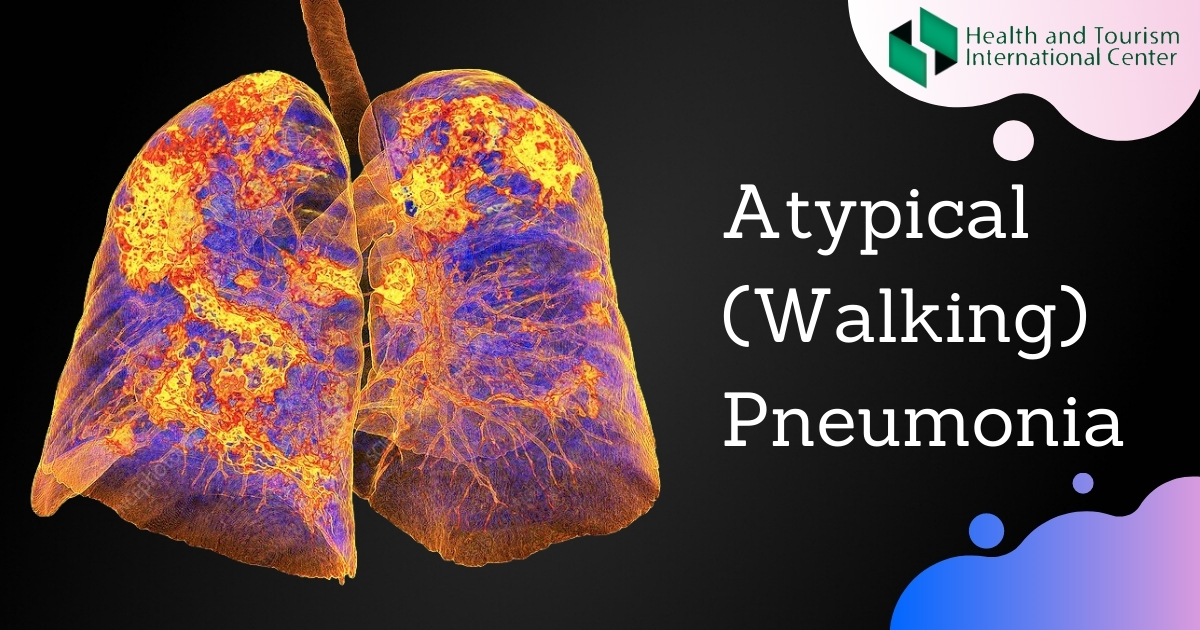How do we find out if a patient has contracted pneumonia?
What is pneumonia?
Inflammation of the lungs is medically called pneumonia.
Pneumonia is an inflammation of the alveoli and terminal airways. Pneumonia is caused by a number of microorganisms, including bacteria, viruses and fungi.
Symptoms of pneumonia
The symptoms of pneumonia are varied. Inflammation of the lungs can take both mild and severe forms.
Symptoms of pneumonia include:
- Pain in the chest when coughing or breathing;
- Confusion or mental changes in people 65 and older;
- Sputum;
- Fatigue;
- Fever, chills, sweating;
- Individuals over 65 years of age, as well as people with weak immunity, have a lower than normal body temperature;
- Nausea, vomiting or diarrhea;
- Respiratory failure.
Inflammation of the lungs
It is quite possible that people with chronic diseases and inflammation of the lungs may have only some symptoms or a slight fever.
In these clinical cases, general symptoms such as general weakness, hypotension, arrhythmias are noticeable.
The diagnosis, or pneumonia, is confirmed by X-ray examination.
For reference, the insured are not young people either. Younger patients may also develop pneumonia without a sharp clinical picture. Because the clinical picture is not sharp and, in fact, "asymptomatic", the patient may not even know that he has pneumonia, thus continuing the normal rhythm of life.
Doctors call such clinical cases pediatric pneumonia, atypical pneumonia, you may even hear such an explanation that a person has contracted pneumonia.
According to statistics walking pneumonia tends to affect younger adults and school-aged children more than older adults.
Most of the time, walking pneumonia is caused by an atypical bacteria called Mycoplasma pneumoniae.
Is walking pneumonia contagious?
“Walking” pneumonia is a mild form of pneumonia (an infection of the lungs), although it is contagious despite its atypical form.
Infected bacteria are spread by airborne droplets (cough, wheezing). The infection can be easily spread in crowded spaces.
If you have walking pneumonia caused by Mycoplasma pneumoniae, you can be considered contagious from two to up to four weeks before symptoms appear (called the incubation period). During this time, you will not realize you are contagious and spreading pneumonia. Once the symptoms start, you remain contagious until the symptoms end.
Symptoms of walking pneumonia include:
- Sore throat (pharyngitis)
- Feeling tired (fatigue)
- Chest pain
- Mild chills
- Low-grade fever
- Persistent cough that can be dry or produce mucus
- Sneezing
- Headache
- General weakness of the body despite the passage of other symptoms;
- Some patients may have an ear infection, anemia, or a short-lived skin rash.
The symptoms of walking pneumonia may come on slowly, beginning one to four weeks after exposure. During the later stages of the illness, symptoms may worsen, the fever may become higher, and coughing may bring up discolored phlegm (mucus).
Yes, the patient may not have a fever, but there are some symptoms that cannot be ignored; If you see a doctor in time, you will be insured against possible complications.
Source:
https://my.clevelandclinic.org/health/diseases/15744-pneumonia-atypical-walking-pneumonia

